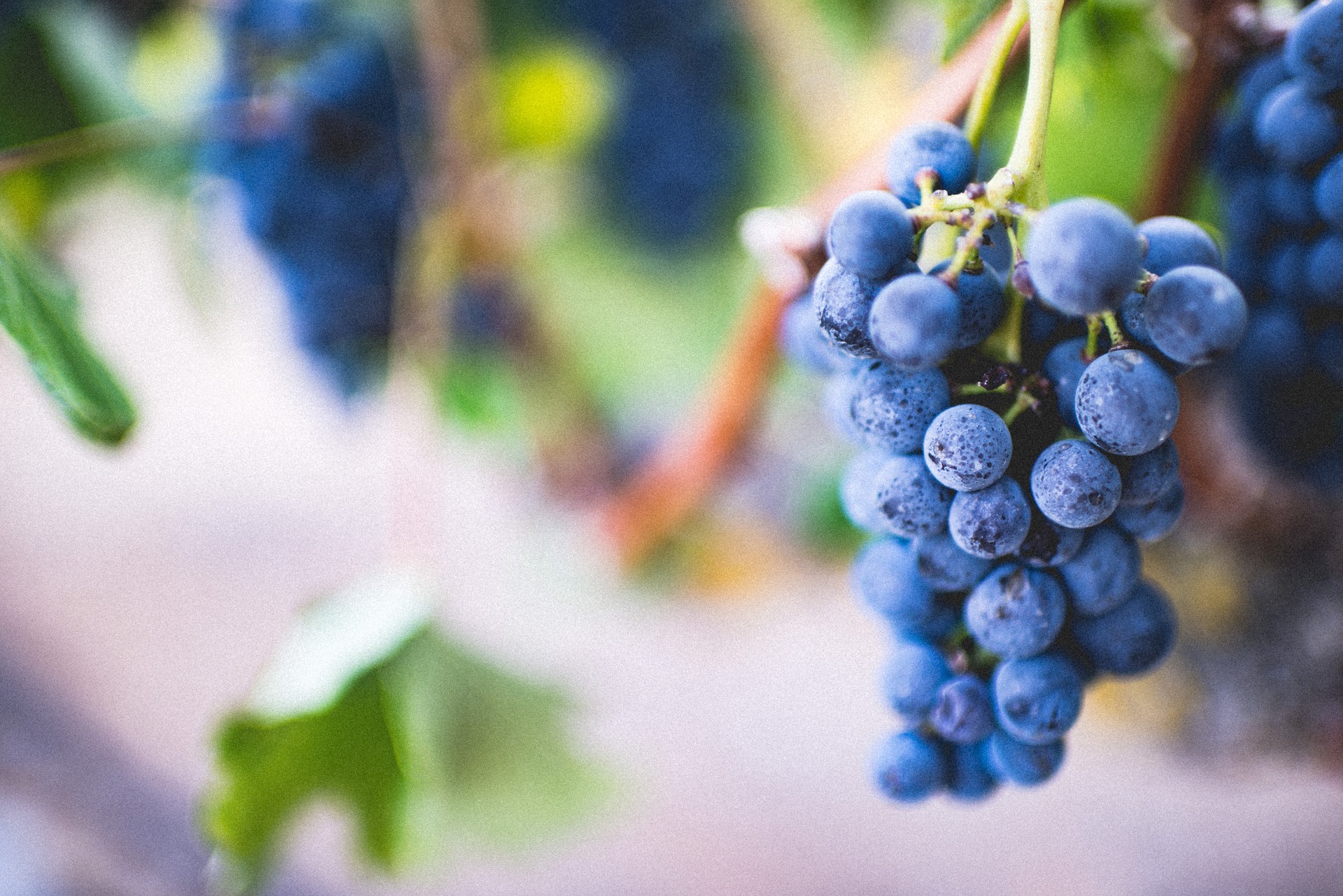July is Blueberry Month!
Maybe it's because Maine residents speak highly about them; but Americans love blueberries - especially in the summer season. The blueberry is a summertime favorite fruit shared in fruit salads, cheesecakes and oatmeal from April through late September. The blueberry is rich in antioxidants and low calories (one cup is just 80 calories!); but it also has other great qualities that may surprise you. It's time to celebrate blueberry plants this Blueberry Month.
|
Five Fun Facts About Blueberries 1. Eat blueberries and reduce memory loss: Studies show that blueberries slow cognitive decline as individuals age. It's possible that blueberries protect the brain by clearing toxic proteins around the cerebral region. 2. Blueberries are used as a natural food dye: You may notice that your hands stain after eating a bunch of blueberries; and if the blueberry juice gets on your t-shirt - consider that article of clothing ruined. American colonists used to boil blueberries mixed with milk to make grey paint. 3. The perfect blueberry isn't quite blue in color: The perfect ripe blueberry should have a dusting color to it; but don't wash it off until you are ready to consume them. The dusty look protects the berries from spoiling. 4. There are two main types of blueberries: Highbush and Lowbush. Highbush blueberries are commonly found in the grocery store; whereas lowbush blueberries are smaller, sweeter and are often used in juices, jams and blueberry muffin mix. Then, there is a more unknown type called the hybrid half-high. 5. We can thank 10 U.S. states for producing 98 percent of blueberries for our consumption: Thanks to Maine, California, Florida, Oregon, Washington, New Jersey, Mississippi, Indiana, Georgia and Michigan. |
How To Start a Blueberry Farm
The initial start-up cost for owning a blueberry farm is mainly due to equipment, land procurement and plants at approximately $10,000 per acre; but the financial outcome can sweeten the deal. On average, blueberry growers make $5 for every pound of blueberries they produce. That means that 3000 pounds of blueberries on an acre of land could bring in $15000 per acre!
In addition to land, machinery is needed to help manage blueberry farms including: Sprayers, Rotary Mowers, Mulchers, Tractors and Tillers.
Blueberries are relatives to the azalea and the rhododendron plants and are grown on bushes planted in long rows. They thrive in acidic soil at a PH level of 4.6 and 5.1. The more organic matter the blueberry bushes have, the more likely they are to grow in the acidic soil. Using raised beds can help facilitate the soil requirement.
In order to successfully grow blueberries, fruit growers should mix the organic matter before planting the blueberry bush into the ground. Do not add fertilizer right away, instead fertilize the ground one month after planting the bush. Once this is done, a hole should be dug about 20 inches deep for the growing process to begin.
Typically, blueberries reach full production in their 7th year after planting.
Orchard Management: Protect blueberry crops
Peak blueberry season runs from June to August; and birds and deer like to feast on blueberries just as much as we do. This summer, fruit growers will need to keep a lookout for robins, bluejays and other types of birds that are looking to make blueberry bushes their next meal.
The most effective way to protect berries in orchards is by draping blueberry bushes with bird netting. Bird nets are easy to use and are lightweight for orchard owners to manage by themselves. Other forms of fruit protection include the use of deer fencing around orchard or tree guards around singular fruit trees.
Celebrate red, white and Blue-berry Month this July; and follow the conversation on @Deerbusters Facebook page using hashtags #blueberries and #Blueberry Month.


